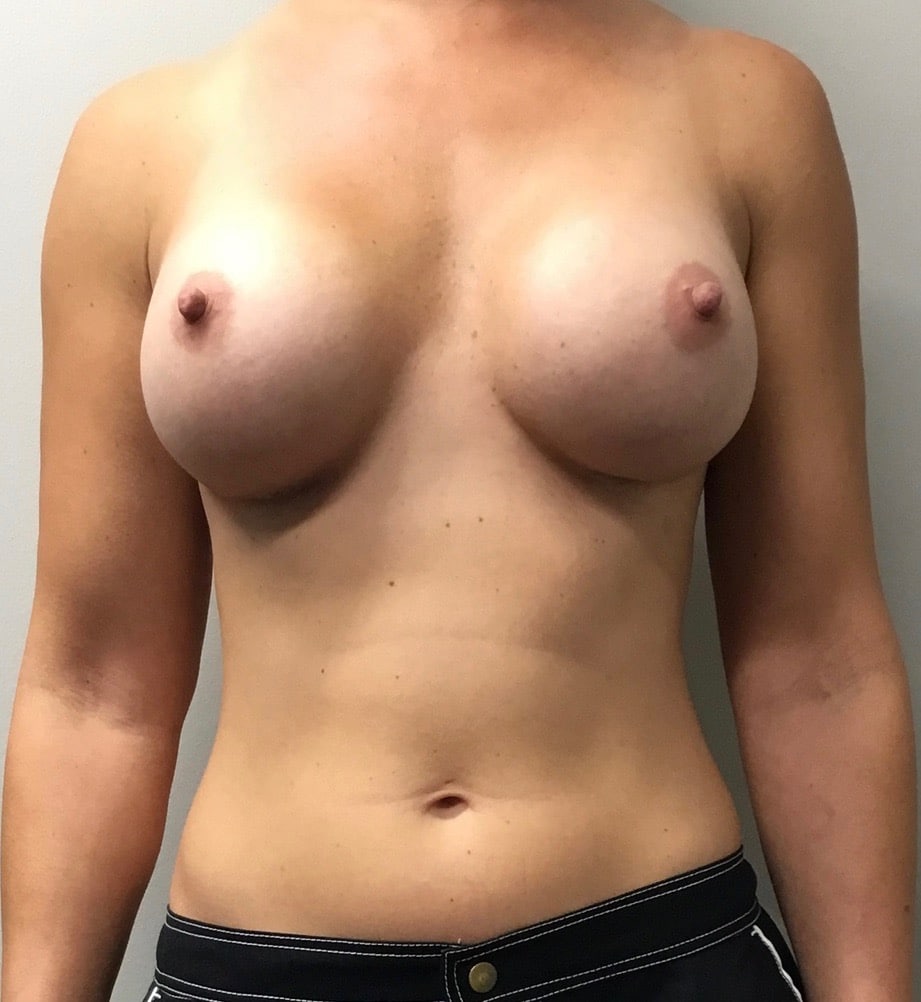FtM Top Surgery Results
This very pleasant trans man contacted Dr. Medalie of Cleveland Plastic Surgery seeking FtM top surgery. Because of his starting chest size and skin excess it was decided that he would be a better candidate for the double incision mastectomy with nipple grafting procedure versus the peri- areolar surgery. Chest contouring with liposuction was also […]
FtM Top Surgery Results Read More »

